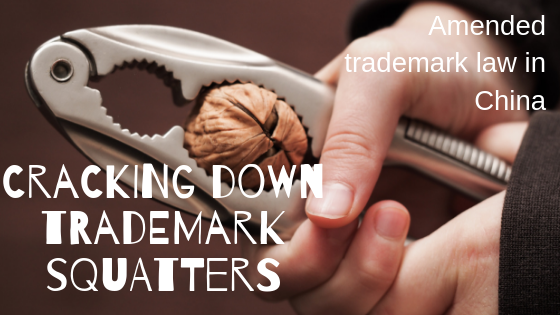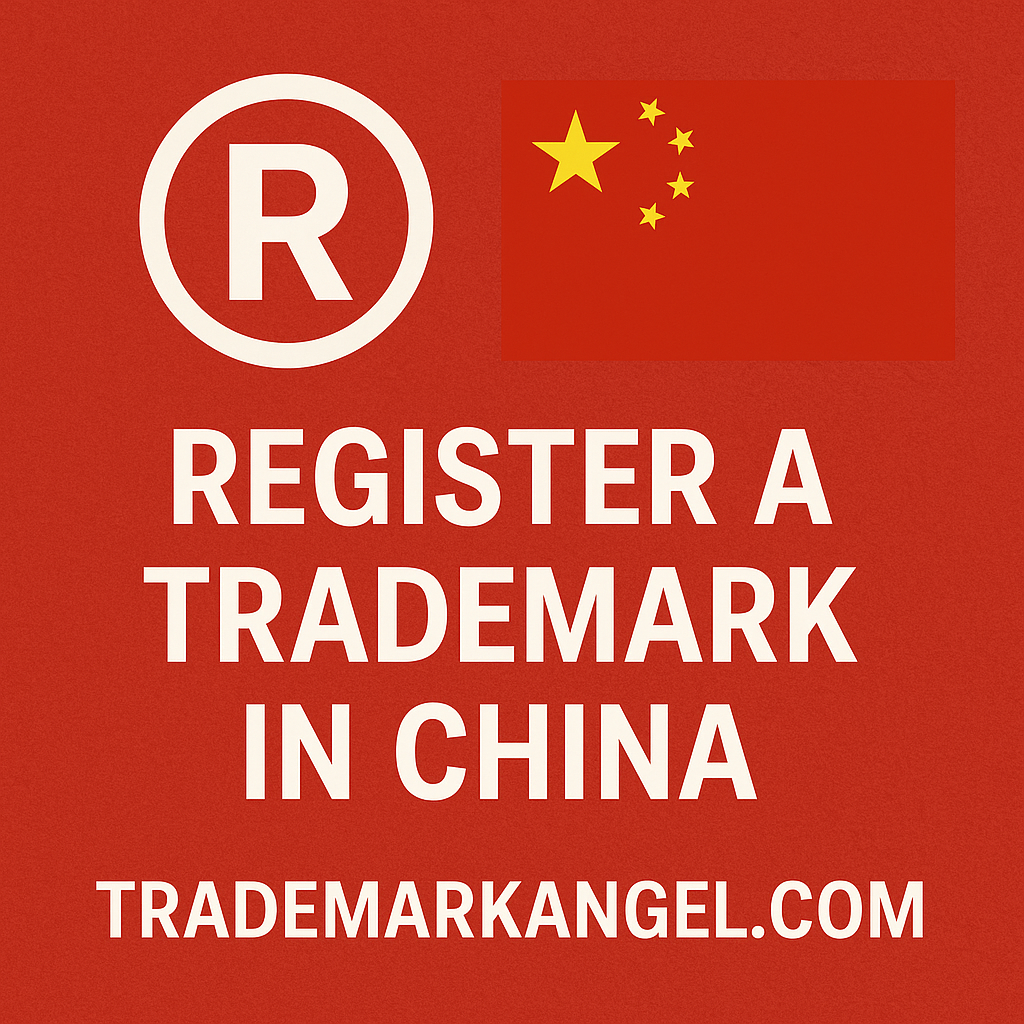
Cracking down trademark squatters under amended trademark law in China
On April 23, 2019, the National People’s Congress of China has approved to amend the Trademark Law, 1982. The amendment involves 6 articles, and will be implemented from November 1, 2019. The amendment modified the Article 4 of Trademark Law which provides a clear guidance for foreign brands to crack down bad faith trademark squatters.
In recent years, the procedure of trademark application in China became easier and the cost involved was also reduced. The number of trademark applications in China increases every year. However, many of the applications/registrations are “zombies”, because they are never actually used. This raises the difficulty for getting a trademark registration, as the chance of rejection increases because of the similarity with prior registered or applied-for marks.
As China is a “first-to-file” country, some individuals and entities try to obtain a large number of trademarks by copying or imitating other parities’ trademarks, especially those overseas brands which have not entered into the Chinese market yet, with the intention to sell the trademarks to their real owners or claim trademark infringement maliciously. Due to this malpractice, it has been hard for the small brands’ owners to get their trademarks back through legal procedure when they face such situations.
The amendments of Trademark Law aim to crack down the counterfeit and bad faith registrations, and to strengthen the punishment of trademark infringement.
Below is a comparison of the articles before amendments (2013 version) and after amendments (2019 version).
Article 4.1
| 2013 Version | 2019 Version |
| Any natural person, legal person or other organization that needs to obtain the exclusive right to use a trademark for its goods and services during production and business operations shall apply for trademark registration with the trademark office. | Any natural person, legal person or other organization that needs to obtain the exclusive right to use a trademark for its goods or services during production and business operations shall apply for trademark registration with the trademark office. Any bad faith application for the registration of a trademark that is not intended for use shall be rejected. |
Introducing a new clause in the first paragraph of Article 4: “Any bad faith application for the registration of a trademark that is not intended for use shall be rejected.”
Before amendment, Article 4.1 could not be used as a basis to reject, oppose or invalidate a trademark application/registration. Therefore, from the legal perspective, those individuals and companies that register and hoard trademarks to make profits in bad faith could not be prevented effectively from their malpractice.
After amendment, there is legal basis for the Trademark Office to reject such malicious trademark applications. A concerned party can also raise opposition or invalidation procedure based on this article.
However, it is still not clear that how to define “trademark not intended for use”. In practice, the number of trademark applications owned by the applicant as well as the applicant’s actual business scope are both taken into consideration.
It also should be noted that some companies may apply for a large number of trademarks for business strategy or IP right defense. Thus, the examination of a trademark application will also take into account whether the applicant has bad faith or not. If the trademark is legitimate and is applied as a defense mark, it is usually not deemed as bad faith registration.
In summary, the purposes of the recent amendments are very clear, 1) emphasizing trademark use; 2) cracking down bad faith trademark applications/registrations; and 3) enhancing trademark protection.
For more info click here.





